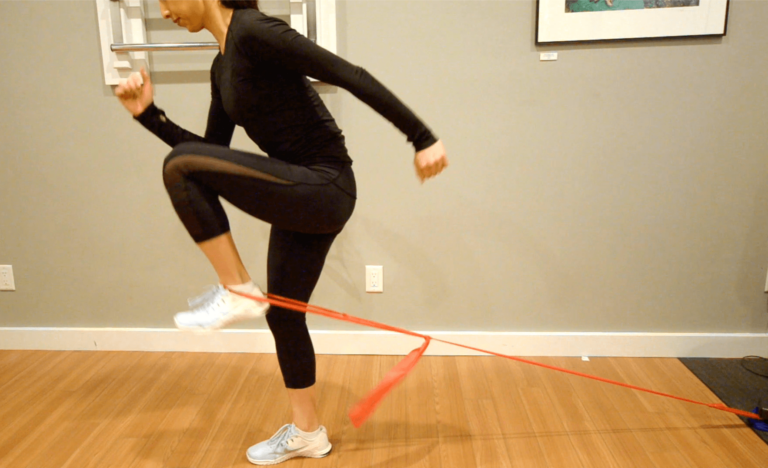What Is Sciatica And Do I Have It?
What Is Sciatica?
Sciatica is a broad term used to describe pain associated with the sciatic nerve. The sciatic nerve is the largest nerve in our bodies, running from the lower back, through the pelvis, down the hamstring and into the calves. Rather than a specific injury with clear cause and effect, sciatica refers to a cluster of symptoms associated with irritation of the sciatic nerve. These symptoms include lower back pain, radiating pain down the legs, as well as tightness, numbness, tingling, and burning sensations in these areas.
As the largest nerve in our bodies, it is no surprise that there are many different factors that can contribute to sciatica. Sciatica is perhaps most commonly associated with lower back injuries such as disc herniation, which can put pressure on one of the sciatic nerve roots. These traumatic cases typically show more “radicular” or nerve-related symptoms like numbness or loss of sensation. However, you might be surprised to learn of a client who came into the clinic with sciatica as a result of sitting too long on the toilet playing candy crush! With such different potential causes of symptoms, how do we treat sciatica?
Treatment
Unfortunately, there is no one-size-fits-all answer. Two clients can both present with sciatica, one with symptoms flaring up while sitting and the other with symptoms flaring up during movement. The answer lies in a thorough therapeutic assessment and an individualized treatment plan that responds to YOUR specific case. Treatment will focus on finding movements that reduce pressure and irritation of the nerve, as well as addressing any muscular or postural imbalances that may be contributing to that irritation.
So… Do I Have Sciatica?
If you suspect you may have sciatica, there is a simple test that you can do to see if you are on the right track. The Straight Leg Test involves lying on your back, keeping your knee extended and leg straight, and lifting the symptomatic leg. If this test elicits tingling, numbness, or radiating pain down the leg, this could be a positive sign of sciatica. However, no single diagnostic test will tell the entire story! Some may experience symptoms during this test as a result of hamstring tightness. While quick tests and simple one-size-fits-all exercises are tempting, they rarely address the root cause of your pain and injury.
If you are experiencing symptoms that sound like sciatica, consider booking a physiotherapy assessment to not only treat your symptoms, but to get to the root of your pain.
Hear what physiotherapist Iyad Salloum has to say about sciatica and low back pain in the video below!



